Last week’s puzzler is a vigorous vine you can often see growing in the forest, climbing up trees, other vines or even along the ground. It has gorgeous, heart-shaped leaves that can be several inches across. Did you recognize it as Dutchman’s Pipevine, or Aristolochia macrophylla?
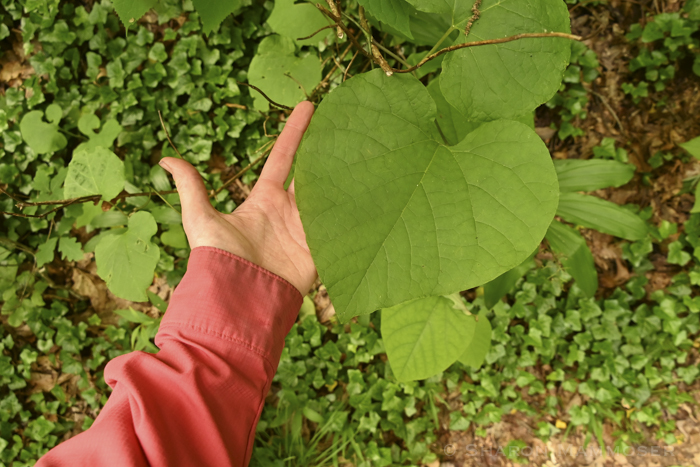
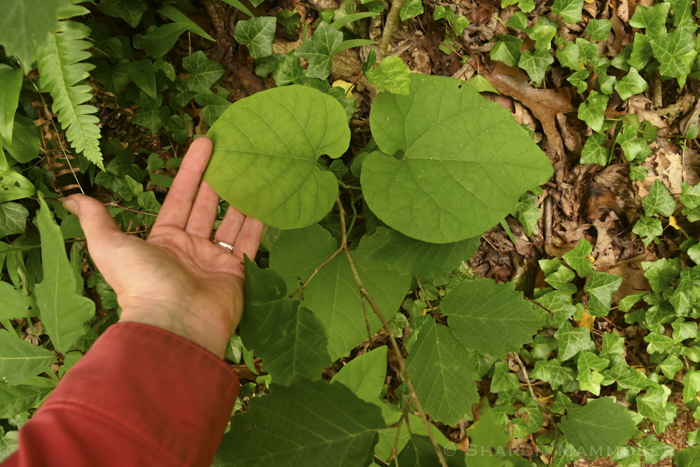
Dutchman’s Pipevine is a native vine. It is important because it is the food source of the caterpillar of the Pipevine Swallowtail butterfly. You’ve probably seen this butterfly flitting about. It is mostly black, with orange and blue dots on the inside of the wings and white dots on the outside. The females lay their eggs in small groups on the vine of this plant. Like Monarchs that only lay their eggs on the leaves of Milkweed, Pipevine Swallowtails are specialists too–only laying eggs on the Dutchman’s Pipevine. The eggs up close are mini works of art–orange with tiny ridges.
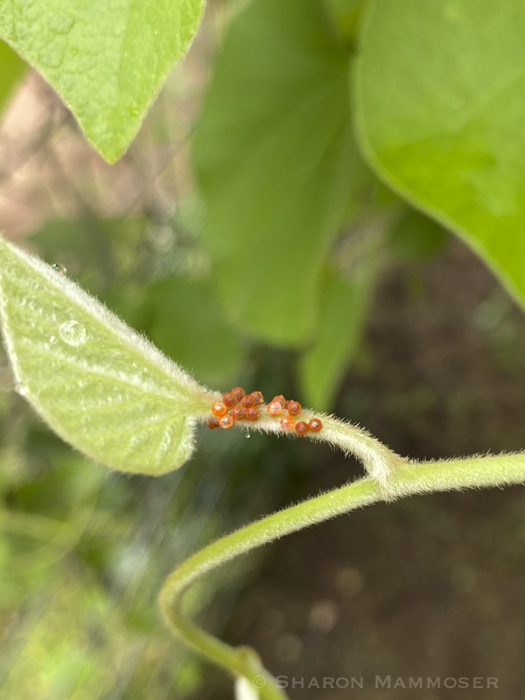
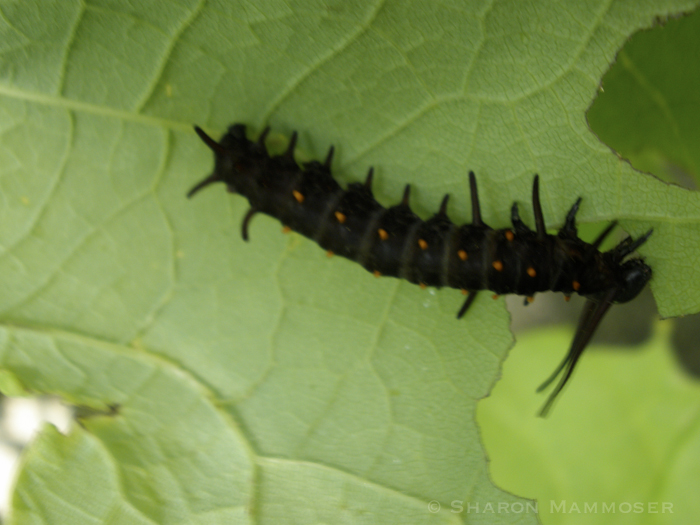
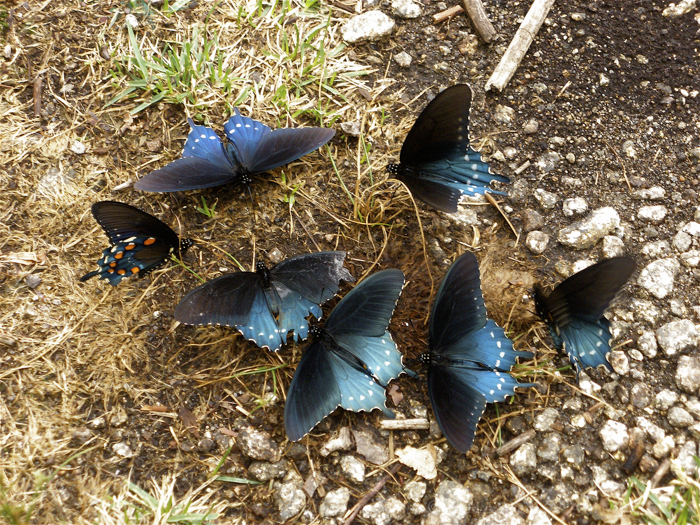
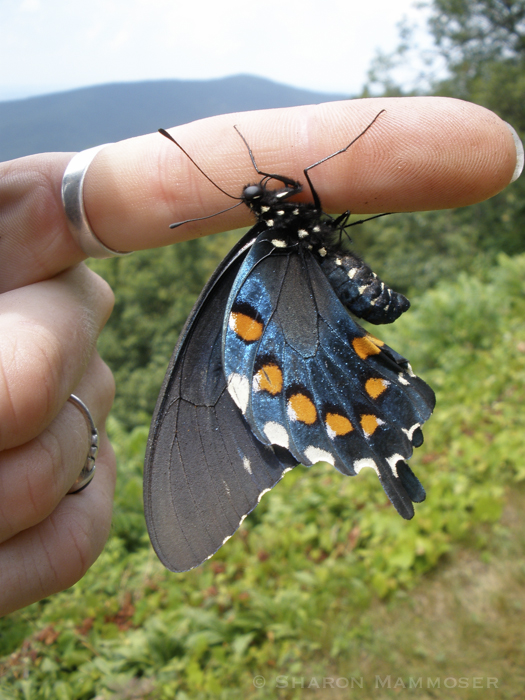
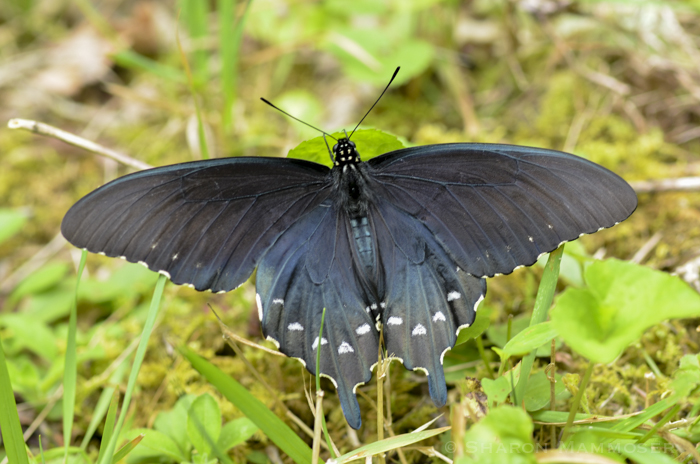
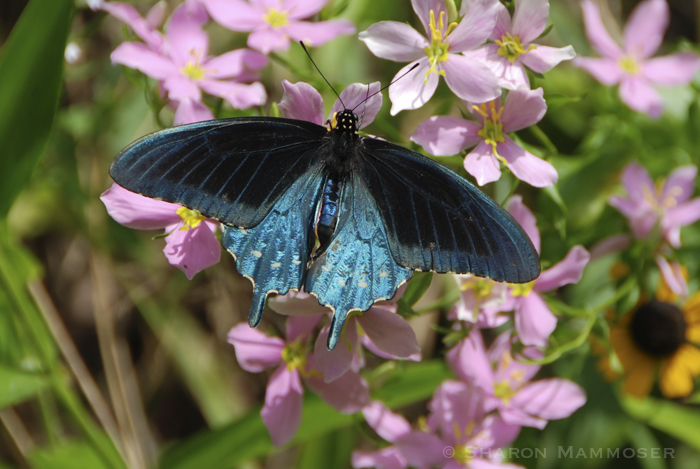
Dutchman’s Pipevine has an interesting way to attract pollinators. Unlike some other flowers that smell nice (I’m thinking of gardenia,lily of the valley, lilac, and roses, to name a few), Dutchman’s pipe smells BAD, like rotting meat or a dead animal. This is to attract small flies and midges.
Check out the flower:
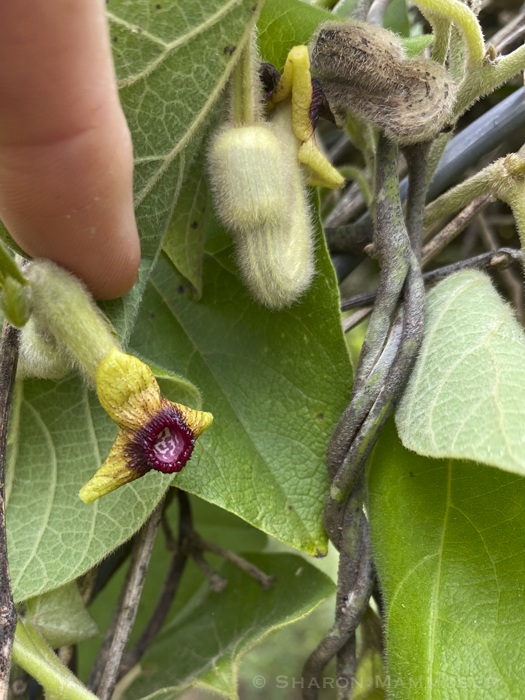
You can see several here in the photo above– one that I’m holding, and then a few behind that, which you are looking at from the side and back. It is shaped a bit like a smoking pipe, hence the common name.
The flower is said to resemble a mouse’s ear, and attracts midges and tiny flies that feed on the blood inside a mouse’s ear. In this case though, this is no mouse’s ear! And as the insect travels into the opening, it becomes trapped inside by the tiny hairs that are much like those spikes on the roadway that allow you to go out of the parking lot, but not back in, unless you want to pop all of your tires. Forced to go one way now, the insect continues on up into the “pipe” and then, if it has pollen from another pipevine, pollinates the flower which makes those flower spikes relax so the insect can travel back out the small opening. If the insect does not have pollen for the stigma, the insect is stuck inside until another insect comes along to free it. But lucky for the first insect, the vine provides a bit of pollen for food so it doesn’t starve to death!
If you want more detail about this fascinating way of pollination, you can check out this site from the University of Florida.
Ready for another puzzler? Let’s look at this week’s mystery– an aggressive vine that can grow up to a foot per day! See if you recognize it.

